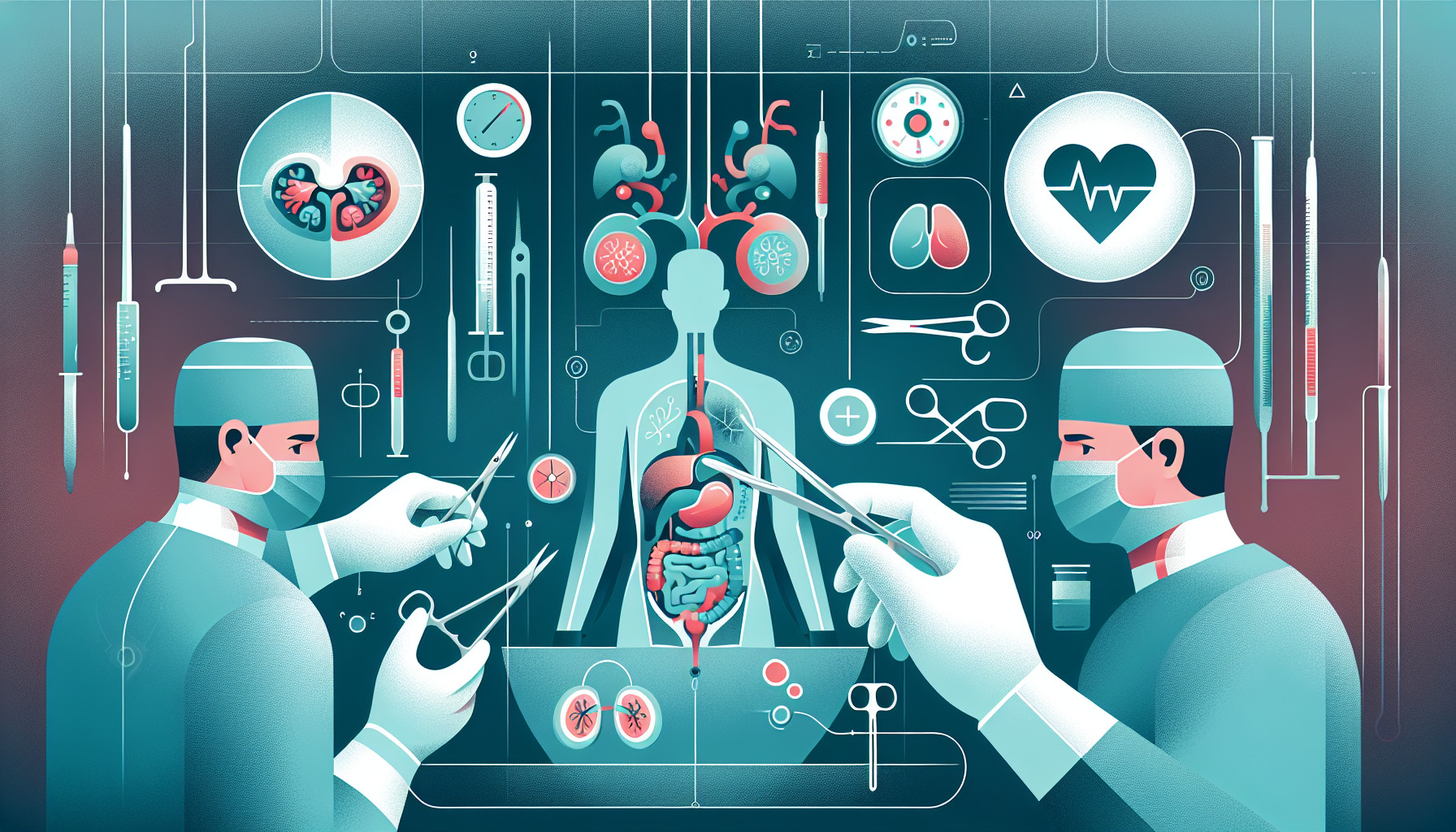Our Summary
Caring for adults who have undergone genitourinary reconstruction as children can be difficult. This is especially true for patients with Spina bifida, a condition that can lead to cognitive decline. Several factors make this challenging, such as the long time that has passed since the surgery, lack of surgical records, and the patient’s inability to explain what procedures they underwent. Additionally, changes in the patient’s body over time and loss of function can lead to issues with the reconstructed areas.
This paper reviews existing research and expert opinion on how to manage complications from genitourinary reconstruction in patients with neurogenic bladder, a condition where a person lacks bladder control due to a brain or nerve condition. Common complications include repeated urinary tract infections, incontinence, and a higher risk of cancer as the patient ages.
The key goals in caring for these patients are to preserve kidney function, prevent urinary tract infections, and maintain continence. However, many of the strategies used to care for these patients are based on research done on adult spinal cord patients or pediatric urology, as there is limited research on adults with these conditions.
The study concludes that it’s important to closely monitor these patients for complications, including infection, mechanical issues, and cancer, while also working to preserve their urinary function and quality of life.
FAQs
- Why is caring for adults who have undergone genitourinary reconstruction as children particularly difficult?
- What are the common complications from genitourinary reconstruction in patients with neurogenic bladder?
- What are the key goals in caring for patients who have undergone pediatric urologic reconstruction?
Doctor’s Tip
Doctors may advise patients to follow a regular schedule of bladder emptying to prevent urinary retention and urinary tract infections. It is also important for patients to maintain good hydration and practice good hygiene to prevent infections. Patients may also be advised to perform pelvic floor exercises to improve bladder control and prevent incontinence.
Additionally, patients should be educated on the signs and symptoms of complications, such as increased frequency or urgency of urination, blood in the urine, or abdominal pain. It is important for patients to seek medical attention promptly if they experience any of these symptoms.
Regular follow-up appointments with a urologist or pediatric urology specialist are essential for monitoring the patient’s condition and addressing any issues that may arise. By following these recommendations and staying in close communication with their healthcare providers, patients can help ensure the long-term success of their urologic reconstruction.
Suitable For
Pediatric patients who may be recommended for urologic reconstruction include those with congenital anomalies such as hypospadias, bladder exstrophy, epispadias, and cloacal anomalies. These conditions can lead to functional and cosmetic issues that may require surgical intervention to improve quality of life and prevent complications such as urinary tract infections, incontinence, and kidney damage.
Other patients who may benefit from pediatric urologic reconstruction include those with neurogenic bladder due to conditions such as spinal cord injury, spina bifida, or cerebral palsy. These patients may require surgical intervention to improve bladder function, prevent urinary tract infections, and preserve kidney function.
Overall, pediatric urologic reconstruction is recommended for patients with congenital anomalies or neurogenic bladder who are experiencing functional or cosmetic issues that can be improved through surgical intervention. The goal of reconstruction is to improve quality of life, prevent complications, and preserve long-term kidney function.
Timeline
In summary, a pediatric patient undergoing urologic reconstruction will first undergo a thorough evaluation by a pediatric urologist to determine the best course of treatment. This may include imaging studies, urine tests, and other diagnostic tests.
After the surgery, the patient will typically stay in the hospital for a few days to recover and be monitored for any complications. They will then be discharged with instructions for post-operative care, which may include medications, catheter management, and follow-up appointments.
In the weeks and months following the surgery, the patient will continue to be monitored for any signs of infection, urinary leakage, or other complications. They may also undergo physical therapy to help with bladder control and other issues related to the surgery.
Over time, the patient may need additional surgeries or procedures to address any ongoing issues or complications. It is important for the patient to have regular follow-up appointments with their urologist to ensure that their urinary function and overall health are being properly managed.
Overall, the timeline of a patient’s experience before and after pediatric urologic reconstruction involves thorough evaluation, surgery, post-operative care, ongoing monitoring, and potential additional interventions to address any complications that may arise.
What to Ask Your Doctor
Some questions a patient should ask their doctor about pediatric urologic reconstruction include:
- What type of reconstruction surgery did I undergo as a child?
- What potential complications should I be aware of as I age?
- How often should I have follow-up appointments to monitor my condition?
- Are there any lifestyle changes or medications I should consider to prevent complications?
- What signs or symptoms should I watch for that may indicate a problem with my reconstructed urinary system?
- Are there any specific tests or imaging studies that should be done regularly to monitor my kidney function and urinary health?
- Are there any new advancements in urologic reconstruction that may benefit me?
- How can I best manage my neurogenic bladder to prevent complications?
- Are there any support groups or resources available for adults who have undergone pediatric urologic reconstruction?
- What can I do to improve my overall quality of life and well-being as someone with a history of urologic reconstruction?
Reference
Authors: Nettey OS, Bowen DK, Santiago-Lastra Y, Metcalfe P, Kielb SJ. Journal: World J Urol. 2021 Apr;39(4):1029-1036. doi: 10.1007/s00345-020-03295-9. Epub 2020 Jun 11. PMID: 32529452
